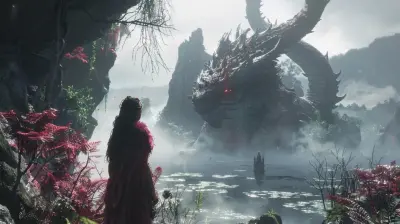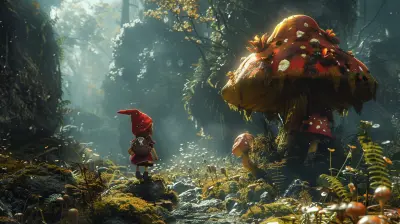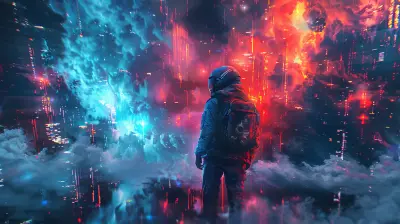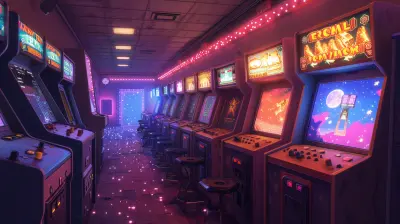Spooky Atmospheres: Horror Games That Master the Art of Fear
2 June 2025
Have you ever sat in the dark with your heart racing, clutching your controller or keyboard like it was the only thing keeping you safe? Yeah, we've all been there. Horror games have this remarkable ability to make us feel completely vulnerable, and honestly, we can't get enough of the adrenaline rush.
Creating a truly terrifying experience in a game isn’t just about jump scares or creepy monsters. It’s the atmosphere—the eerie environments, unsettling sounds, and psychological mind games—that makes or breaks the experience. Let’s dive into some of the horror games that have absolutely nailed the art of fear. Warning: you might want to leave the lights on for this one.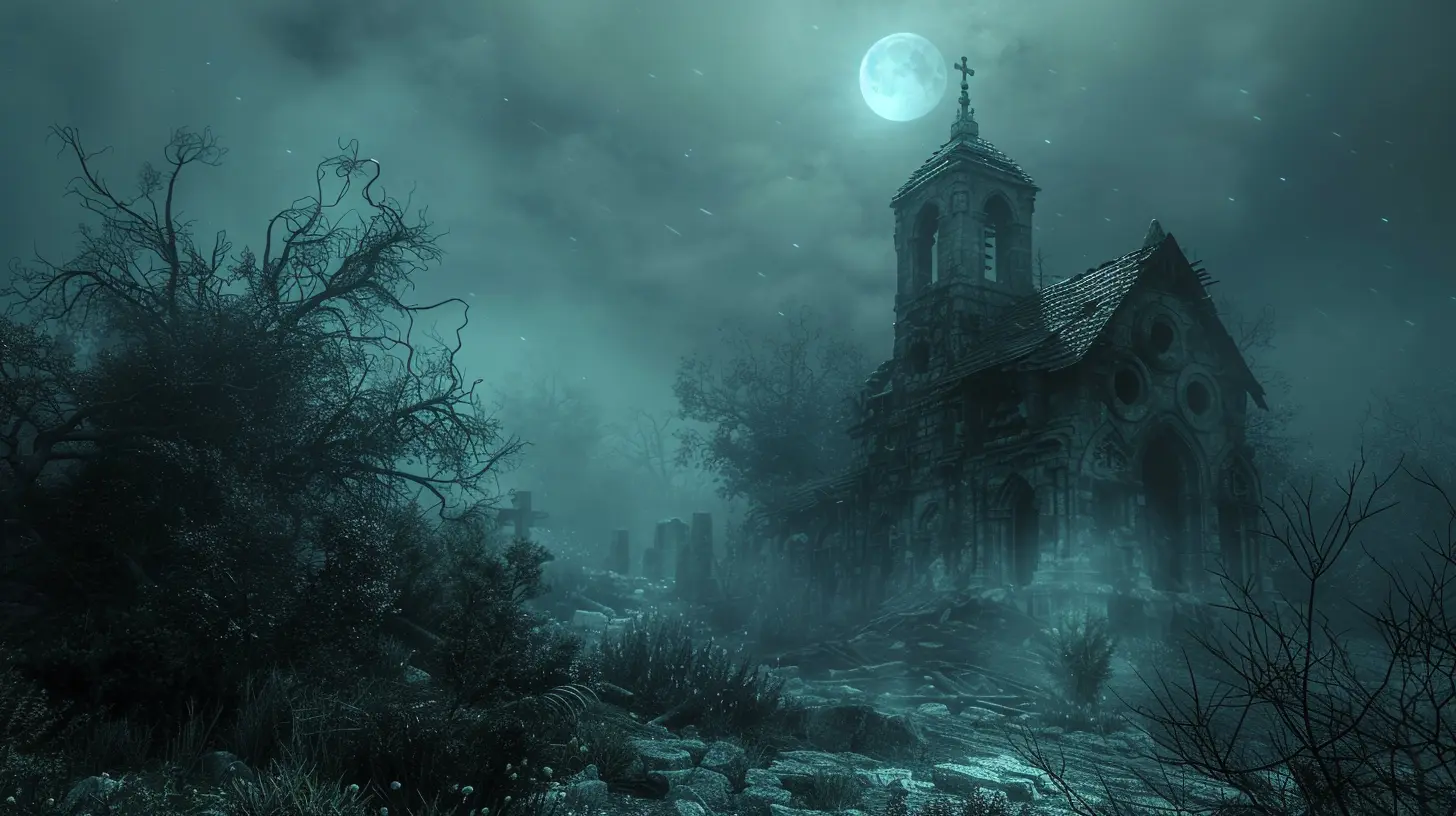
What Makes a Horror Game Truly Frightening?
Before we get to the spooky stuff, let’s talk about what makes a horror game stick with you. I’m not talking about the cheap "BOO!" moments (though they have their place), but the kind of fear that creeps under your skin and lingers long after you've turned off your gaming console.It’s all about the atmosphere. Imagine walking through a dense, foggy forest where every twig snap feels like a threat. Or being trapped in an abandoned, dimly lit building, where silence feels louder than any scream. A good horror game builds tension over time; it doesn’t just throw you into a pit of terror and call it a day.
Sound design, lighting, pacing, and storytelling all come together to craft an experience that makes your palms sweat. Let’s take a closer look at the heavyweights that have mastered this delicate balance.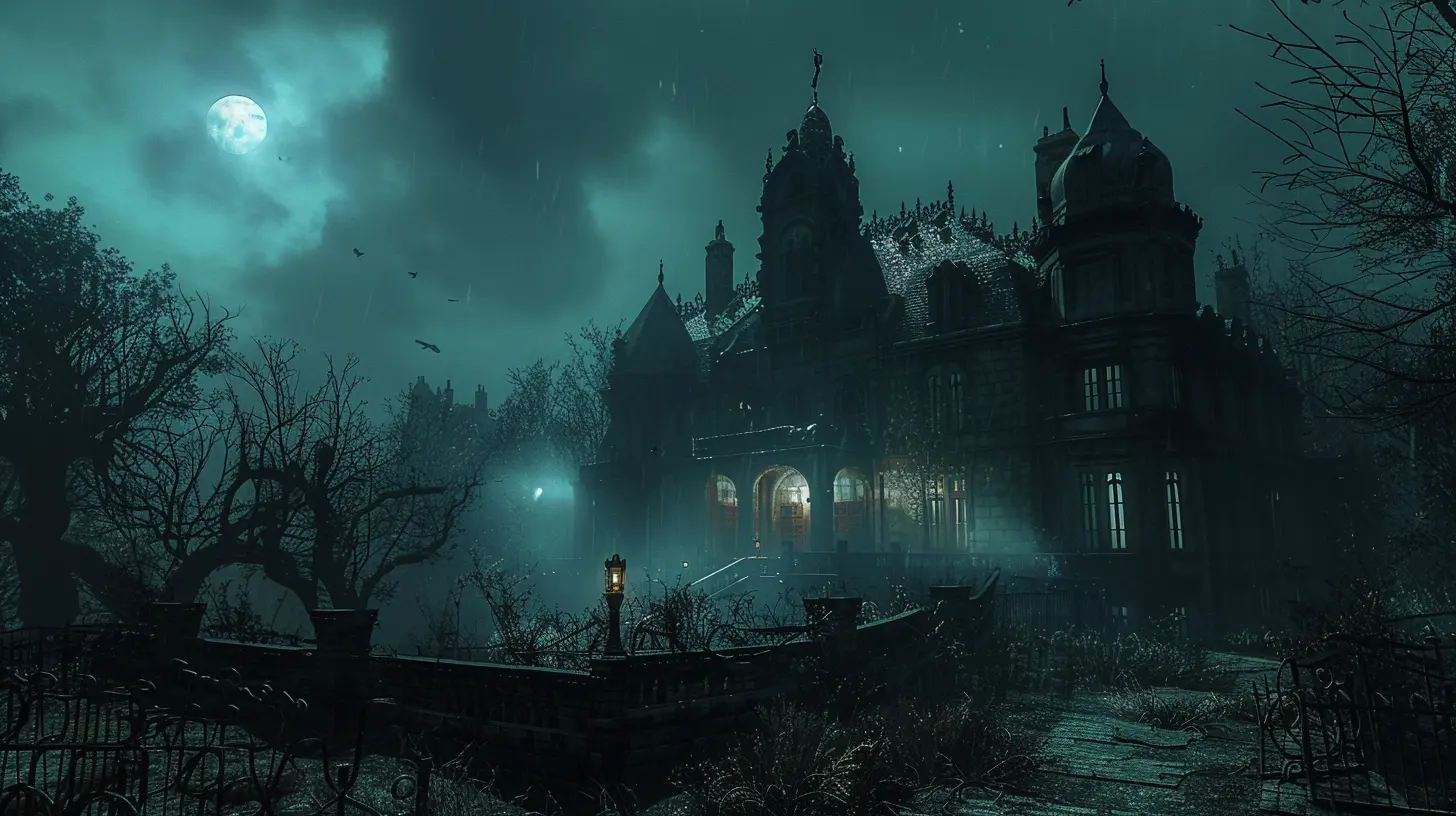
The Masters of Fear: Horror Titles That Deliver the Chills
1. Silent Hill 2
The King of Psychological HorrorWhen people say "psychological horror," there's a good chance they're talking about Silent Hill 2. This game isn’t just scary—it’s deeply unsettling. The fog-drenched town of Silent Hill feels alive, but not in a good way.
The game uses its oppressive mist and haunting soundtrack to create an environment that oozes dread. You never feel safe walking its streets, especially with creatures like the iconic Pyramid Head lurking around. But what makes Silent Hill 2 truly extraordinary is its story. The game delves into the protagonist’s psyche, forcing players to confront uncomfortable truths about guilt, grief, and trauma.
If you've ever wondered what it feels like to be trapped in a nightmare you can’t wake up from, this game nails it.
2. Resident Evil 7: Biohazard
Back to Basics and Better Than EverThe Resident Evil series had its fair share of ups and downs, but Resident Evil 7 brought the franchise roaring back to its survival-horror roots. Switching to a first-person perspective made the whole experience intimate and terrifying—like you were actually in the Baker family’s horrifying swamp house, smelling the mold and feeling the sticky humidity. Gross, right?
Every creak of the wooden floorboards, every flicker of candlelight, and every guttural moan from the Bakers made my skin crawl. This game masterfully balances exploration, resource management, and white-knuckle terror, making it one of the scariest modern horror games out there.
3. Amnesia: The Dark Descent
The Game That Made You Fear the DarkWho needs weapons when the game itself becomes the enemy? In Amnesia: The Dark Descent, you’re armed with nothing but your wits—and a dwindling sense of sanity. Set in a shadowy, decaying castle, the game thrives on the fear of the unknown.
You can’t fight back. Instead, you’re forced to hide and pray that whatever’s stalking you doesn't hear your panicked breaths. Oh, and did I mention the sanity mechanic? Spend too long in the dark or witness too many horrifying sights, and your character starts to lose his grip on reality. The screen distorts, and the walls almost seem to close in around you. Tell me that's not pure nightmare fuel.
4. Outlast
Run or Die TryingImagine being stuck in a creepy asylum with psychotic inhabitants, armed with nothing but a camcorder. Sounds relaxing, right? Nope. Outlast is relentless in how it keeps you on edge. Its first-person perspective makes every encounter feel painfully personal.
The game’s use of darkness and the night-vision mode on your camera adds an extra layer of tension. The battery in your camera doesn’t last forever, though, which means you often have to choose between seeing your surroundings or risking your neck fumbling around in the pitch-black. Just thinking about it makes my heart race.
5. Alien: Isolation
The Most Terrifying Cat-and-Mouse Game EverEver wanted to play hide-and-seek with a Xenomorph? No? Well, Alien: Isolation doesn’t care what you want—it’s going to scare the pants off you anyway. Set on a spaceship with minimal places to hide, this game captures the claustrophobic horror of Ridley Scott’s original Alien film.
The Xenomorph isn’t scripted, either. It stalks you intelligently, learning your tricks and figuring out how to corner you. Oh, and it’s basically invincible. Combine that with the eerie hum of the ship’s machinery and the flickering lights, and you’ve got a recipe for sleepless nights.
6. Dead Space
Horror in the Final FrontierIf space is the final frontier, Dead Space proves it’s also the scariest. Stranded on a derelict spaceship infested with grotesque Necromorphs, engineer Isaac Clarke doesn’t just face physical horrors—he’s grappling with the psychological trauma of his deteriorating mental state.
The cramped hallways and the game’s genius use of sound design create an atmosphere of constant dread. Every hiss of steam and distant clang keeps you guessing: "Is that the ship creaking, or is something stalking me?" Spoiler alert: it’s always something stalking you.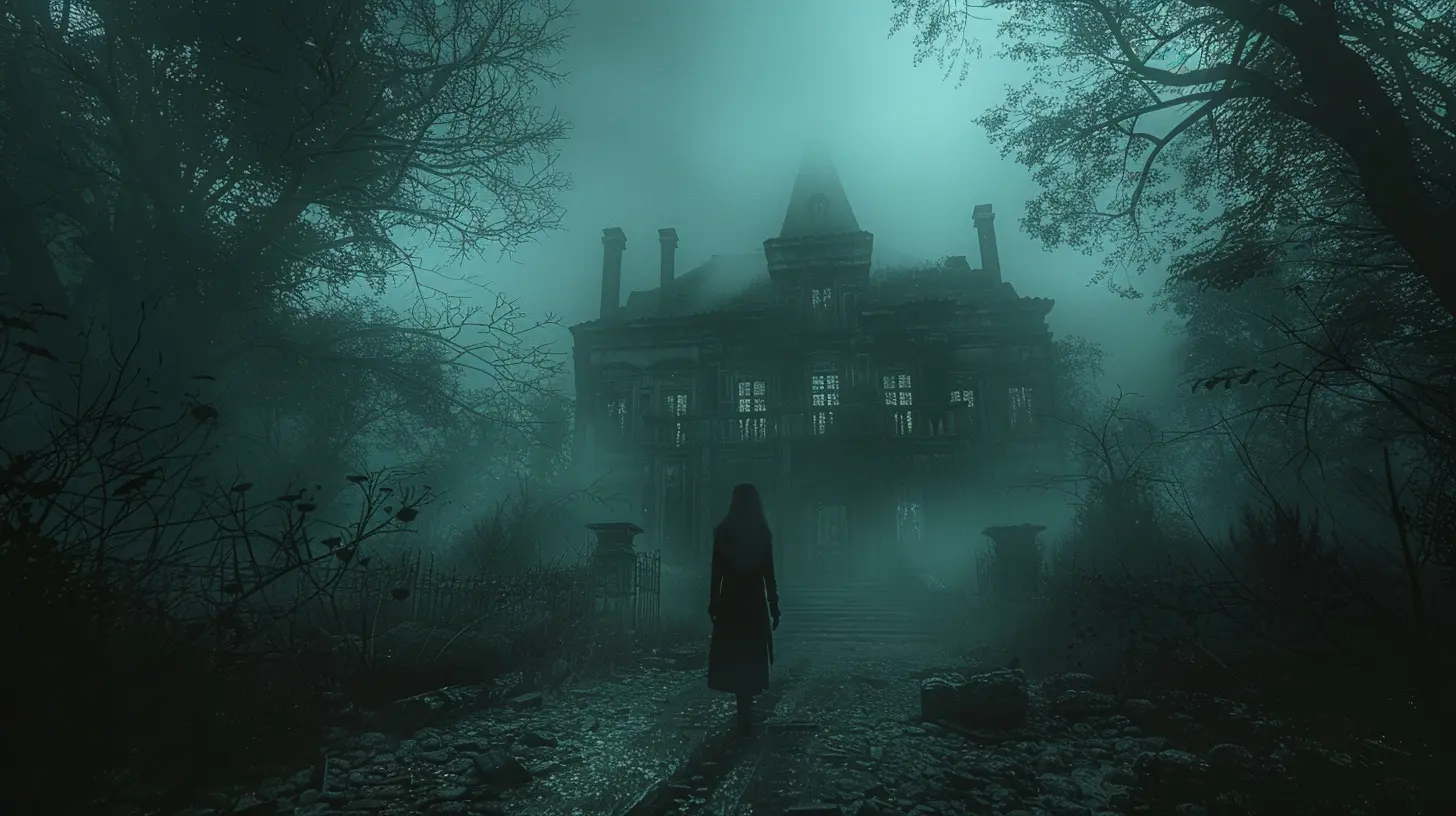
The Secret Sauce: Crafting a Spooky Atmosphere
So, what’s the common thread in all these games? It’s how they handle the unknown. Horror thrives on ambiguity—on what you can’t see, what you can’t explain, what your brain fills in with its own worst fears. These games understand that what you imagine is often scarier than what you can see.Sound plays a big role, too. The best horror games don’t just use music; they know when to use silence. A faint whisper, a distant scream, or even just the sound of your character’s nervous breathing can send shivers down your spine.
And let’s not forget about the pacing. A good horror game knows how to toy with you, building tension slowly before hitting you with that climactic moment of terror. It’s like a rollercoaster—you know the drop is coming, but that doesn’t make it any less thrilling (or scary).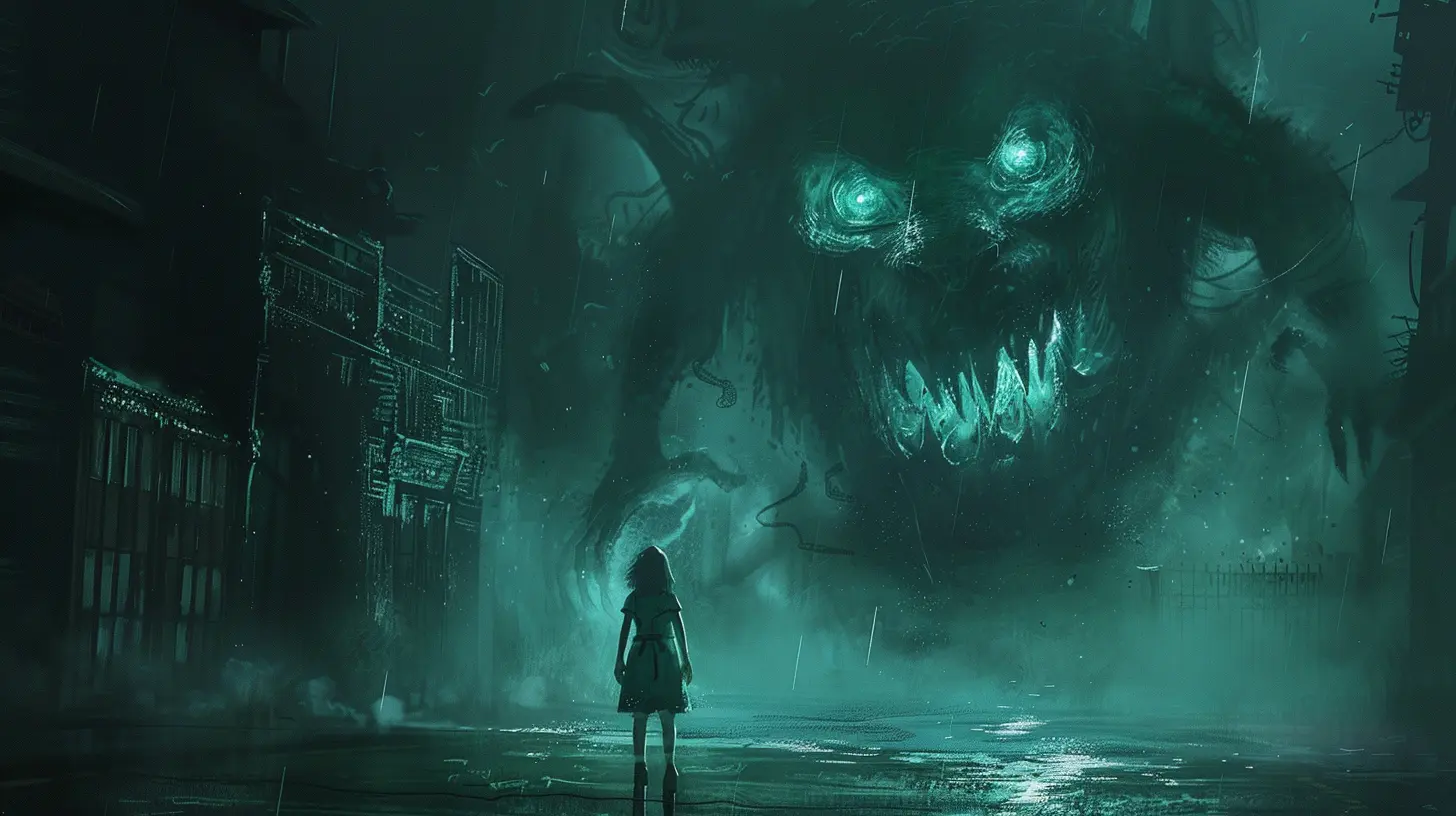
Why We Keep Coming Back for More
So, why do we do this to ourselves? Why do we willingly subject ourselves to heart-pounding fear and sleepless nights? Maybe it’s the adrenaline rush. Maybe it’s the feeling of overcoming something terrifying. Or maybe we just enjoy being scared out of our wits.Whatever the reason, horror games have a special way of pulling us in and not letting go. They let us confront fear in a safe, controlled environment—and then brag about it to our friends when we finally make it through.
Final Thoughts
Horror games that master the art of fear don’t just scare you—they haunt you. They create worlds so immersive and atmospheres so chilling that you can’t help but lose yourself in them, even as your heart pleads with you to stop. Whether it’s the foggy streets of Silent Hill, the claustrophobic halls of an alien-infested spaceship, or the pitch-black asylum of Outlast, these games remind us why the horror genre will always have a special place in our hearts.And hey, next time you’re looking for a thrill, maybe give one of these masterpieces a shot—just don’t forget to leave the lights on.
all images in this post were generated using AI tools
Category:
Horror GamesAuthor:

Aurora Sharpe
Discussion
rate this article
3 comments
Sheena Ford
I’m fascinated by how horror games create such immersive atmospheres! What techniques do developers use to evoke fear and tension so effectively? Curious minds want to know!
June 15, 2025 at 5:02 PM

Aurora Sharpe
Developers use techniques like sound design, lighting, pacing, and environmental storytelling to craft immersive atmospheres that evoke fear and tension. By manipulating these elements, they draw players into a psychological experience that keeps them on edge.
Maddison Wheeler
Great read! 🎃 It’s amazing how horror games can chill us to the bone while keeping us on the edge of our seats. Embrace the thrills, and remember: it’s all in good fun! Can’t wait to dive into these spooky worlds! 👻
June 9, 2025 at 4:04 PM

Aurora Sharpe
Thank you! I'm glad you enjoyed the read! Embracing the thrill is what makes horror games so captivating. Happy gaming in those spooky worlds! 🎮🖤
Quorra McClellan
This article brilliantly highlights how atmosphere enhances horror gaming, but it could delve deeper into how sound design and narrative intricacies intertwine to elevate the player’s emotional experience.
June 8, 2025 at 4:38 AM

Aurora Sharpe
Thank you for your insightful comment! I appreciate your suggestion and will definitely consider exploring the role of sound design and narrative in enhancing emotional experiences in future writings.
